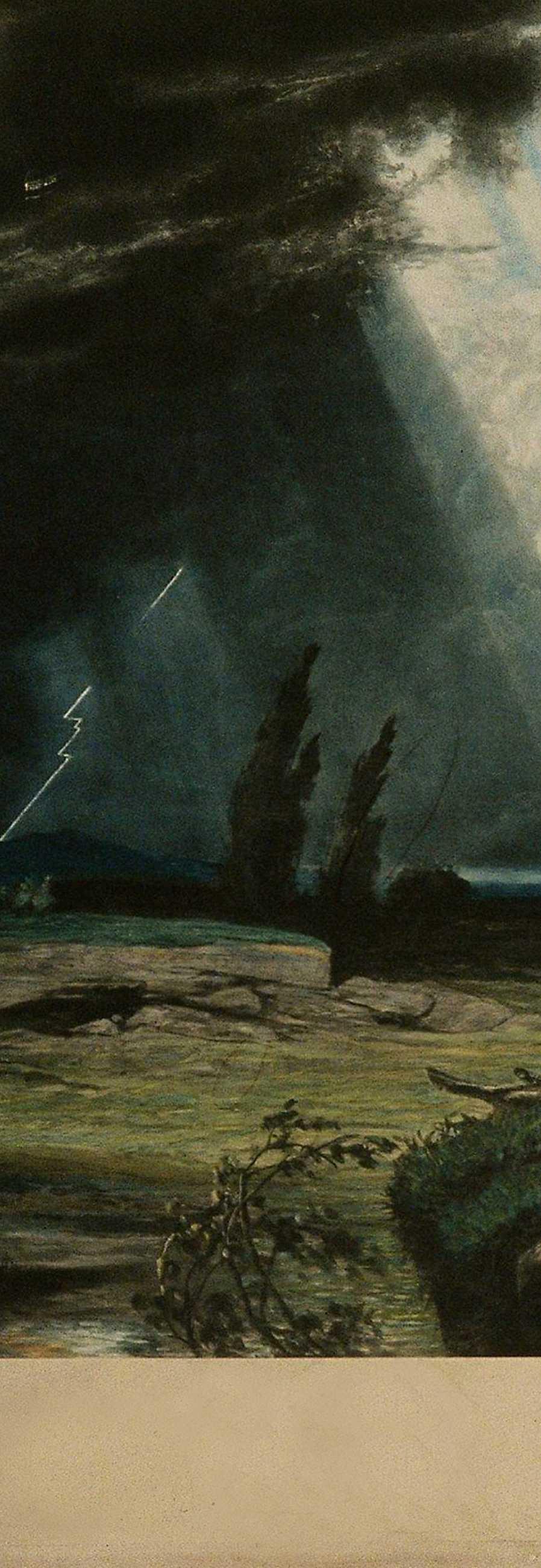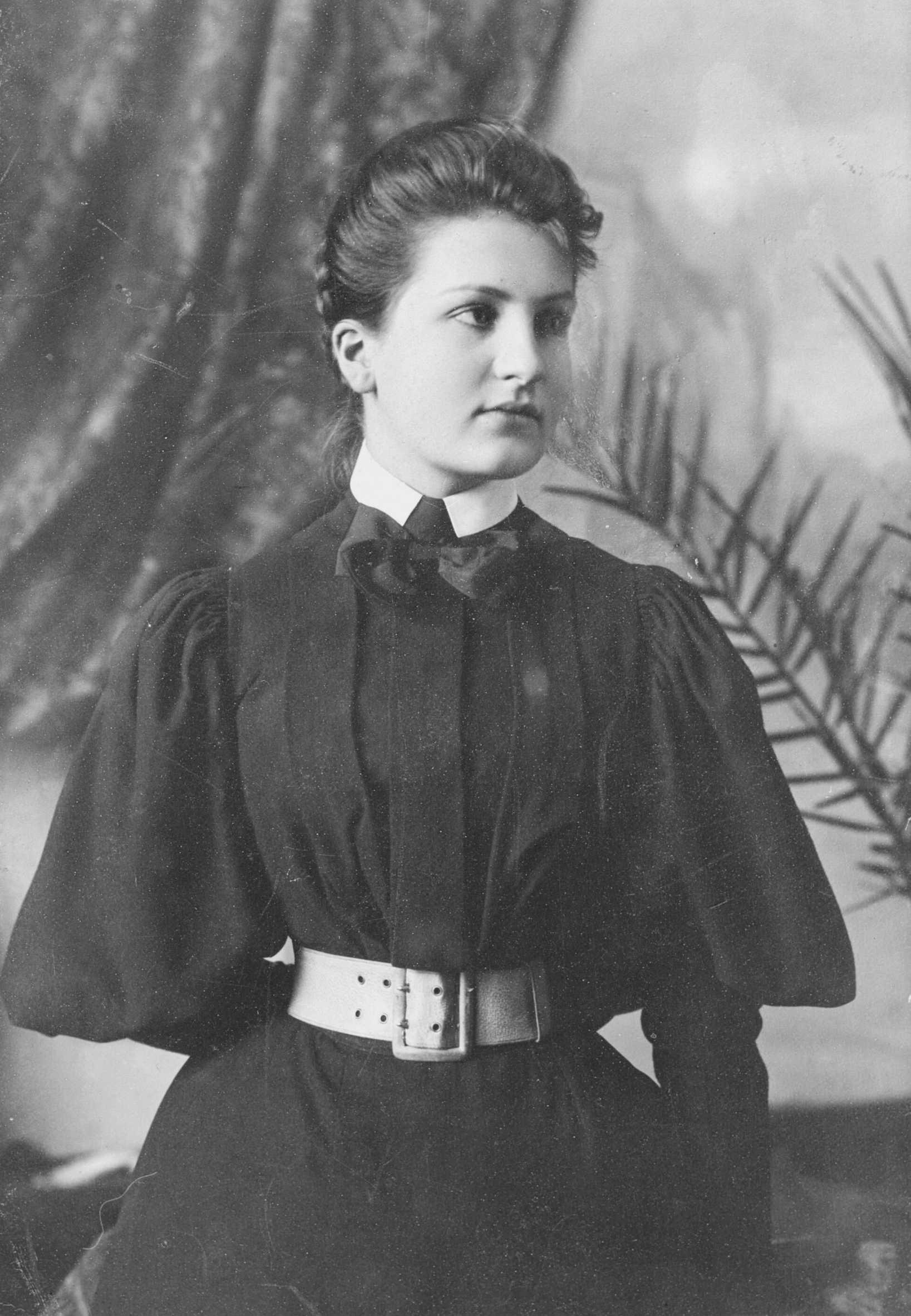Programme Notes

Beethoven and
Thu 30 October 2025 • 20.15 Fri 31 October 2025 • 20.15


Beethoven and
Thu 30 October 2025 • 20.15 Fri 31 October 2025 • 20.15
conductor Robin Ticciati
piano Francesco Piemontesi
Ludwig van Beethoven (1770–1827)
Piano Concerto No. 4 in G major, op. 58 (1805–06)
• Allegro moderato
• Andante con moto
• Rondo (Allegro)
intermission
Gustav Mahler (1860-1911)
Symphony No. 5 (1901–02)
I. Abteilung
• Trauermarsch. Im gemessenem Schritt. Streng. Wie ein Kondukt.
• Stürmisch bewegt, mit größterVehemenz
II. Abteilung
• Scherzo. Kräftig, nicht zu schnell
III. Abteilung
• Adagietto. Sehr langsam
• Rondo-Finale. Allegro – Allegro giocoso. Frisch
concert ends at aroud 22.45
Most recent performances by our orchestra: Beethoven Piano Concerto No. 4: Oct 2019, piano and conductor Lahav Shani Mahler Symphony No. 5: Feb 2020, conductor Yannick Nézet-Séguin
One hour before the start of the concert, Alexander Klapwijk will give an introduction (in Dutch) to the programme, admission €7,50. Tickets are available at the hall, payment by debit card. The introduction is free for Vrienden.
Cover: Photo Stepan Kulyk (Unsplash)
Ludwig van Beethoven. Romanticised portrait of the composer, coll. Philharmonie de Paris



Beethoven's Fourth Piano Concerto had a disastrous premiere. Mahler's Fifth Symphony mainly confused his contemporaries. Both works would later be embraced, but the composers themselves did not live to see that happen.
The romanticism that permeates Gustav Mahler's music began, in a sense, with Ludwig van Beethoven – not coincidentally Mahler's great idol. Beethoven strayed from the classical paths of his predecessors: he stretched the usual proportions of a piece of music, amplified contrasts in dynamics, introduced freer forms of composition and got the most out of his thematic material: the language of an emotional character.
The groundbreaking Fourth Piano Concerto demonstrates how Beethoven constantly renewed himself. It transcends the formulaic alternation of solo and orchestral passages that was still common with Mozart and his contemporaries. The Fourth also goes beyond the ostentatious virtuosity of Beethoven's three earlier piano concertos. Instead, the music unfolds like a reverie, a quasi-improvisation in which clear contours only gradually emerge. The opening bars set the tone when, instead of the traditional orchestral introduction, a ‘questioning’ piano solo sounds and the orchestra responds in an evasive key: here, a self-aware individual confronts the masses. The piano also has this mesmerising character in the dramatic ‘dialogue’ of the second movement, while in the concluding Rondo it is not melody but a penetrating rhythmic pattern – another typical Beethoven trait – that demands attention.
In any case, the entire concerto was clearly written by a pianist of the inventive and experienced kind. Beethoven, first and foremost a pianist, began composing from that perspective. His increasing deafness would eventually make concert performances impossible. The official premiere of the Fourth Piano Concerto was his last appearance on stage – and it was disastrous. The programme, entirely devoted to Beethoven – in a freezing cold hall, and with a poorly prepared orchestra – also included the premieres of the Fifth and Sixth Symphonies. And the Choral Fantasy, and parts of the Mass in C, and some other odds and ends. Such a gruelling programme wouldn’t do any composer a favour, however great they might be. The highly original Fourth Piano Concerto was hardly noticed, nor was the enthusiastic response of a brave reviewer in the Allgemeine Musikalische Zeitung. Years after Beethoven's death, Felix Mendelssohn, who saved more masterpieces from oblivion, drew public attention to this work – with lasting effect.
Candidness is a characteristic of many Romantic composers, but Gustav Mahler is a special case: listen to his music and you get his life thrown in for free. No other composer shows such a strong overlap between their
oeuvre and their private life – if you can still call it that. Mahler's approach is a logical continuation of Beethoven, who had elevated the symphony from non-committal entertainment music to a mirror of the human soul. Mahler added another dimension to this with his autobiographical compositional style. He often based his work on poems; in the Second, Third and Fourth symphonies, the orchestra is expanded to include vocal parts, following Beethoven's Ninth. The Fifth is a purely instrumental work, but it is highly dramatic music, a journey through a psychological landscape. With Mahler, such a journey usually ends tragically, but this one actually ends triumphantly: the music, he said himself, shows ‘man in full daylight, at the height of his life’. He had every reason to take stock. When he composed the work, he had achieved some prosperity, enjoyed prestige as conductor of the Vienna Court Opera and was about to become a father.
At the same time, he was struggling with health problems, so it takes a while for the sun to break through; in the first two movements, Mahler is generous with despairing, anxious and ominous sounds.
The gloomy trumpet blasts at the beginning also openly refer to Beethoven; the rhythmic pattern corresponds to the beginning of his ‘Fate’ Symphony. They are the starting signal for a funeral march that has nothing comforting about it – rather an atmosphere of resistance, as if the composer does not accept fate.
The combative spirit is further fuelled in the stormy second movement. Between the gusts of wind, a hopeful string melody can be heard and the woodwinds seem to play a soothing role – for a moment, a kind of festive parade music even emerges. But the initial grimness returns via the brass section and the ensuing struggle ends in indecision.
It is only in the monumental Scherzo that Mahler seems to overcome his demons: here he plays his folkloric trump cards, with waltz-like folk dance episodes. Although this movement forms the core of the work, it is the subsequent Adagietto that attracts the most attention. It is a declaration of love to Alma Schindler, whom he married shortly afterwards, but the movement is distinguished above all by its instrumentation: it is a restrained but passionate argument of strings and harp, with the wind instruments remaining silent.
Tenderness, ecstasy and sadness seem to merge seamlessly here – it is precisely because of this ambiguous expression that this movement in particular has found its way into films, television and light music.
The Finale has a traditional round form: the opening theme returns like a refrain. The emphatic polyphony of this movement betrays the influence of Johann Sebastian Bach, whom Mahler regarded as his other great teacher; Bach's polyphonic textures also form a major frame of reference in the symphonies that were to follow. Despite these Baroque elements and the classical form, the sound is entirely contemporary and Mahlerian; even Schumann had not written such exalted, almost manic music. And Bach would have been surprised by the many ‘strange’ modulations, the abrupt tempo changes and the folk-like French horn imitations.
Having arrived at the end of the symphony, the listener has completed an enormous spiritual journey, so comprehensive that Mahler wondered if the music would not simply confuse the audience. Nothing frightened him more than misunderstanding and rejection by the public, and after completing this symphony he exclaimed: ‘Oh, if only I could conduct this piece fifty years after my death!’
Michiel Cleij


Born: London, England
Current position: Music Director
Glyndebourne Festival Opera, Honorary Member Chamber Orchestra of Europe
Education: violin, piano and percussion lessons, conducting studies from age 15, mentored by Sir Colin Davis and Sir Simon Rattle
Awards: Arthur Belgin Medal 2002, BorlettiBuitoni Scholarship 2005
Breakthrough: 2005, substituting for Riccardo Muti in the Teatro alla Scala, Milan
Subsequently: guest appearances with Wiener Philharmoniker, Berliner Philharmoniker, London Symphony Orchestra, London Philharmonic Orchestra, Gewandhausorchester
Leipzig, Symphonieorchester des Bayerischen Rundfunks, Budapest Festival Orchestra, Royal Concertgebouw Orchestra; principal conductor Scottish Chamber Orchestra (2009–18), Music Director Deutsches
Symphonie-Orchester Berlin (2017–24)
Debut Rotterdam Philharmonic: 2008
Born: Locarno, Switserland
Education: Arie Vardie, Murray Perahia, Cécile Ousset, Alexis Weissenberg, and Alfred Brendel Awards: Queen Elisabeth Competion (2007); BBC New Generation Artist (2009-2011)
Solo appearances: Berliner Philharmoniker, New York Philharmonic, Los Angeles Philharmonic, Orchestre de Paris, Orchestra dell’Accademia Nazionale di Santa Cecilia, Filarmonica della Scala, Symphony Orchestras of Boston, Chicago, San Francisco, and Londen, Cleveland Orchestra, NHK Symphony Orchestra, Wiener Symphoniker, Budapest Festival Orchestra, Chamber Orchestra of Europe, Tonhalle-Orchester Zürich
Festivals: Artistic Director Settimane Musicale di Ascona from 2012 to 2024; La Roque d'Anthéron, Edinburgh International Festival, Mostly Mozart NewYork, Chopin International Music Festival Warsaw, Lucerne Festival
Chamber music collaborations: Renaud Capuçon, Leonidas Kavakos, Janine Jansen, Daniel MüllerSchott, Augustin Hadelich, Jörg Widmann
Debut Rotterdam Philharmonic: 2017
Harry Potter in Concert, part 1
Wed 12 November 2025 • 19.30
Thu 13 November 2025 • 19.30
Fri 14 November 2025 • 19.30
Sat 15 November 2025 • 19.30
Sun 16 November 2025 • 13.30
conductor Justin Freer
Williams Harry Potterand the Philosopher’s Stone
Fri 21 November 2025 • 20.15
Sun 23 November 2025 • 14.15
conductor BasWiegers
piano KirillGerstein
Ivičević Black Moon Lilith
Adès Piano Concerto StravinskyPetrushka
Thu 27 November 2025 • 20.15
conductor LahavShani
piano MarthaArgerich
WagenaarOuverture Cyrano de Bergerac
Schumann Piano Concerto
Brahms Symphony No. 2
Fri 28 November 2025 • 20.15
conductor LahavShani
violin Patricia Kopatchinskaja
Sjostakovitsj Violin Concerto No. 1
Brahms Symphony No. 3 ‘Eroica’
Proms: Nutcracker & Company
Sat 13 December 2025 • 20.30
conductor Aziz Shokhakimov
violin Maria Milstein
Glinka Overture Ruslan and Ludmilla
TchaikovskyThe Nutcracker: Suite TchaikovskySerenade mélancolique
Khachaturian Masquerade: Suite
Chief Conductor
Lahav Shani
Honorary Conductor
Yannick Nézet-Séguin
Principal Guest Conductor
Tarmo Peltokoski
First Violin
Marieke Blankestijn, Concert Master
Vlad Stanculeasa,
Concert Master
Quirine Scheffers
HedYaron Meyerson
Saskia Otto
Arno Bons
Rachel Browne
Maria Dingjan
Marie-José Schrijner
Noëmi Bodden
PetraVisser
Sophia Torrenga
Hadewijch Hofland
Annerien Stuker
Alexandra van Beveren
Marie Duquesnoy
Second Violin
Charlotte Potgieter
Frank de Groot
Laurens vanVliet
Elina Staphorsius
JunYi Dou
Bob Bruyn
Eefje Habraken
Maija Reinikainen
Babette van den Berg
Melanie Broers
Tobias Staub
Sarah Decamps
Viola
Anne Huser
Roman Spitzer
Galahad Samson
José Moura Nunes
Kerstin Bonk
Janine Baller
Francis Saunders
Veronika Lénártová
Rosalinde Kluck
León van den Berg
Olfje van der Klein
Jan Navarro
Cello
Emanuele Silvestri
Gustaw Bafeltowski
Joanna Pachucka
Daniel Petrovitsch
Mario Rio
Eelco Beinema
Carla Schrijner
Pepijn Meeuws
Yi-Ting Fang
Killian White
Paul Stavridis
Double Bass
Matthew Midgley
Ying Lai Green
Jonathan Focquaert
Arjen Leendertz
Ricardo Neto
Javier Clemen Martínez
Flute
Juliette Hurel
Joséphine Olech
Manon Gayet
Flute/Piccolo
Beatriz Baião
Oboe
Karel Schoofs
Anja van der Maten
Oboe/Cor Anglais
Ron Tijhuis
Clarinet
Julien Hervé
Bruno Bonansea
Alberto Sánchez García
Clarinet/
Bass Clarinet
Romke-Jan Wijmenga
Bassoon
Pieter Nuytten
Lola Descours
Marianne Prommel
Bassoon/ Contrabassoon
Hans Wisse Horn
DavidFernándezAlonso
FelipeFreitas
WendyLeliveld
RichardSpeetjens
LaurensOtto
PierreBuizer
Trumpet
Alex Elia
Adrián Martínez
Simon Wierenga
JosVerspagen
Trombone
PierreVolders
AlexanderVerbeek
Remko de Jager
Bass trombone
Rommert Groenhof
Tuba
Martijn van Rijswijk
Timpani/ Percussion
Danny van de Wal
Ronald Ent
Martijn Boom
Harp
Albane Baron